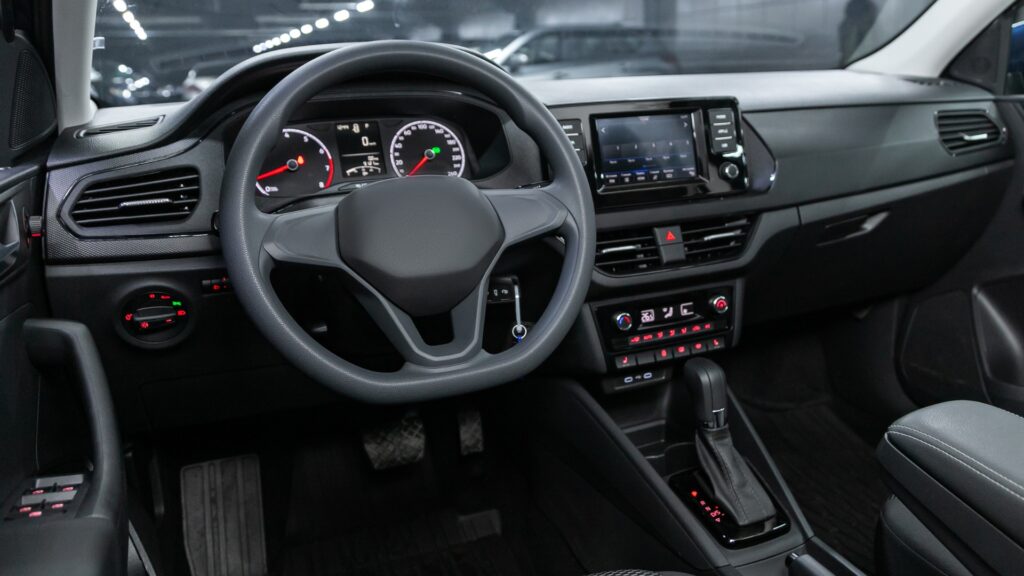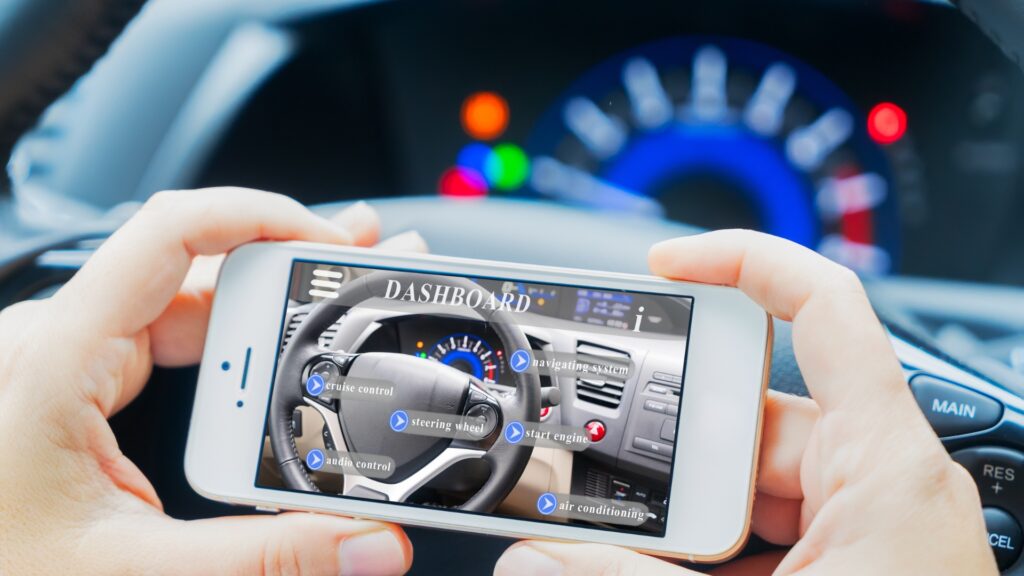Rethinking What’s Possible in Automotive Design
Quantum computing isn’t just a futuristic concept it’s already redefining how automotive engineers approach design challenges. Traditional computing methods, while powerful, often fall short when faced with the complexity of modern vehicle systems. Quantum algorithms, on the other hand, offer a new way forward by tackling problems that were previously impractical or impossible to solve at scale.
Why Quantum Outperforms Classical Methods
Classical computing struggles with simulations involving numerous interacting variables common in automotive design. Quantum algorithms can process multiple possibilities simultaneously, reducing the time needed to analyze and optimize complicated systems.
Parallel problem solving: Quantum bits (qubits) allow for simultaneous computations, drastically increasing speed.
Higher complexity handling: Ideal for multivariable problems like fluid dynamics or component stress analysis.
Precision at scale: Greater accuracy with fewer simplifications needed in models.
Real World Use Cases in Design
Several engineering bottlenecks are already being addressed through quantum powered solutions:
Material Simulations: Modeling how advanced composites behave under stress and temperature without months of lab testing.
Aerodynamic Optimization: Simulating airflow interactions in seconds, helping reduce drag and improve performance early in the development cycle.
Thermal Modeling: Rapid assessment of heat distribution in engines or battery systems to ensure reliability and safety.
These capabilities mean manufacturers can move from theory to testing faster than ever before.
The Optimization Advantage
Ultimately, the biggest win for vehicle design is optimization:
Lighter Frames: Engineers can find the strongest, lightest design iterations without endless trial and error.
Higher Safety Ratings: Advanced simulation leads to better crash resistance and energy absorption designs.
Improved Fuel Efficiency: Every gram saved and aerodynamic gain translates to lower fuel consumption and emissions.
Quantum computing is setting a new standard not by replacing engineers, but by equipping them with tools to think beyond classical limits.
Quantum Powered Simulations at Scale
Traditional simulation tools are already impressive but they hit a ceiling. Modeling something like a high speed crash involves countless variables: material stress points, angles of impact, passenger weight, timing, temperature, and more. Quantum computing tears that ceiling off. Instead of testing hundreds or maybe thousands of scenarios one by one, quantum processors run millions of these crash test variables simultaneously.
This isn’t just about faster computing. It’s about reshaping R&D timelines entirely. What used to take weeks or months to simulate and analyze can now happen in days or even hours. Engineers can move from concept to digital prototype almost on demand, removing bottlenecks that slowed down innovation for decades.
Speed also brings insight. Traditional computing struggles when variables interact in too many complex or chaotic ways. Quantum systems handle that kind of entanglement natively. The result? Richer data, smarter decisions, and safer vehicle designs all before the first physical part is built.
Smarter, Faster, Safer Vehicle Communication

As vehicles get smarter, staying connected isn’t just a feature it’s a necessity. Quantum enhanced encryption is stepping in to protect the growing web of data moving between cars, infrastructure, and the cloud. Think of it as a digital immune system: unbreakable by classical computing and constantly evolving to counter new threats. For autonomous systems that rely on real time information to make decisions, this kind of security isn’t optional it’s foundational.
Beyond protection, quantum tech is dialing up speed too. When milliseconds can mean the difference between smooth navigation and a collision, every bit of latency matters. Quantum assisted communication protocols are helping autonomous vehicles respond faster, process data more efficiently, and work together in tight environments like urban intersections or high traffic corridors.
What seals the deal is integration. These advancements aren’t happening in isolation. They’re feeding into larger vehicle to everything (V2X) networks, enabling smart cars to talk to smart roads, traffic signals, and even pedestrians’ mobile devices. If you want a full look at how all this connects, check out our deep dive on vehicle communication technologies.
Revolutionizing Battery and Fuel Efficiency
Batteries are the backbone of electric mobility, and quantum computing is making it smarter to build better ones. Lithium ion cells used in everything from compact EVs to commercial fleets are complex, chemical systems. Modeling their behavior at the atomic level using quantum algorithms allows engineers to pinpoint how ions move, where inefficiencies lie, and how to tweak materials for maximum charge life. This means longer ranges, faster charging, and fewer heat issues without massive hardware changes.
But it’s not just lithium ion. Hydrogen fuel cells are getting similar treatment. Quantum models can process the thermodynamic and catalytic reactions essential to making hydrogen viable at scale. The result? More efficient fuel usage, lower production costs, and real progress toward cleaner transport tech.
Zoom out, and this tech touches everything. Quantum simulations make it possible to optimize energy consumption across whole vehicle systems not just batteries. From drivetrain efficiency to thermal load balancing in EV architecture, quantum helps engineers model more in less time, test broadly, and build vehicles that operate leaner from factory line to garage floor.
Where It’s Headed And What Still Holds It Back
Quantum computing isn’t future hype anymore some of the biggest names in tech and auto are putting real weight behind it. IBM, BMW, and VW are already knee deep in pilot programs focused on everything from battery chemistry to crash simulations. They’re betting big because they can see the long game: quantum opens the door to solutions that classical computing can’t touch.
But let’s not overstate it. The current landscape is still full of potholes. Cost is a mountain. Quantum hardware is expensive, fragile, and still limited in capability. The talent pool is thin, too there aren’t many engineers writing code for quantum circuits while also understanding combustion systems or drivetrain dynamics. Everyone’s building the plane while flying it.
That said, the course is set. These early partnerships are laying crucial groundwork, feeding research into real world problems. In five to ten years, we’re looking at a sharp pivot in how cars are engineered faster, smarter, and maybe even cleaner. Quantum won’t replace traditional computing. It’ll complement it, patching the gaps where speed and scale fall short.
For now, most of the wins are behind closed doors. But the signal is clear: the next era of automotive intelligence won’t be built with yesterday’s tools.




